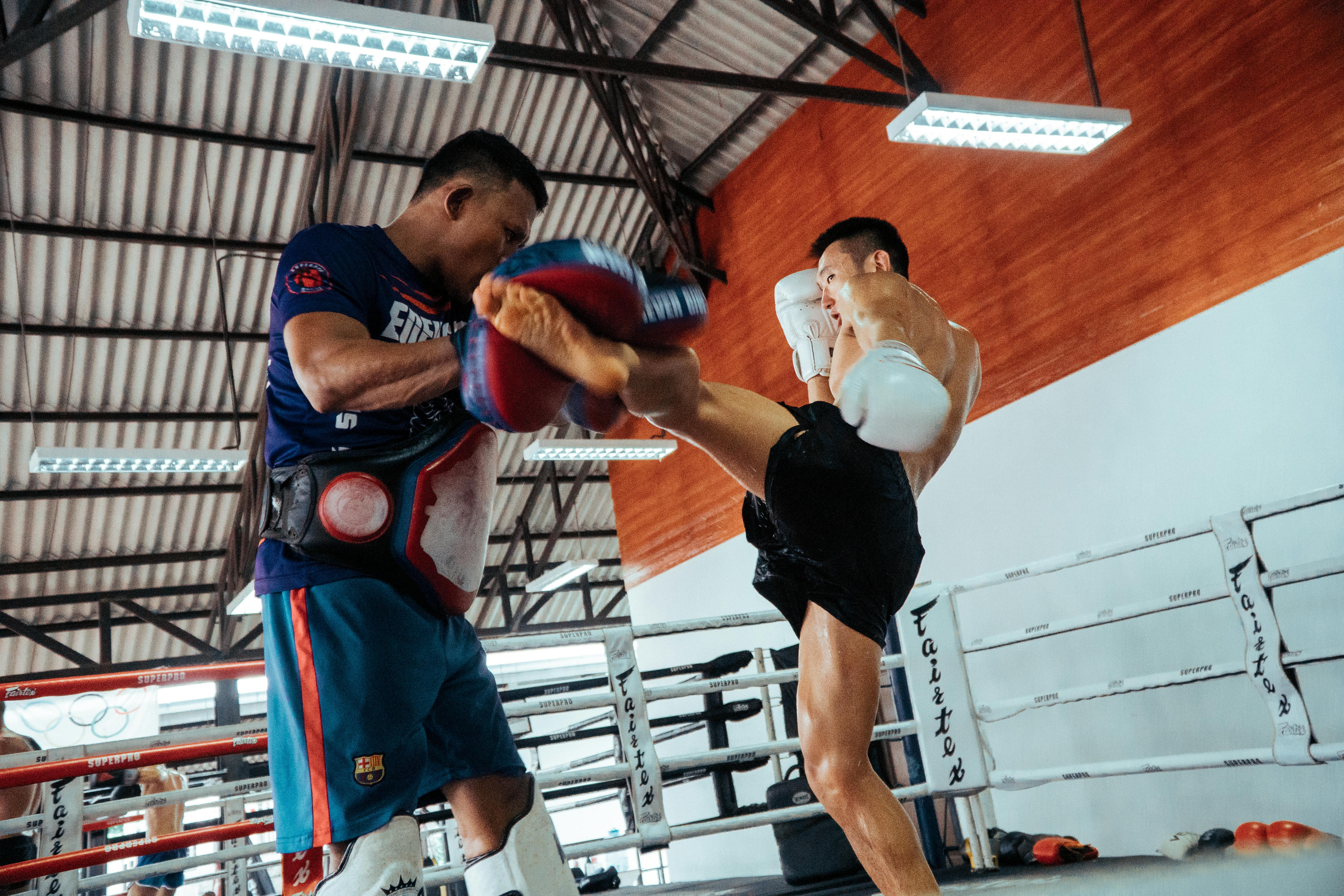
The instrumental music of rockabilly also played its part in rock and roll history.
One of the characteristics that people think of most often when they think of rockabilly music is the famous “hiccup” vocal styles. Elvis, Buddy Holly, Carl Perkins, and many others used this technique to varying degrees when recording their fundamental rockabilly tracks. But rockabilly music wasn’t always about the vocals. Several great rockabilly instrumental themes also occupy a place in rockabilly history.
- Bill Justis, “Spicy”: “Raunchy was the first rock and roll instrumental hit and reached # 2 on the American charts in 1957. It was recorded by Sam Phillips at his Memphis Recording Service studios and released on his Phillips record label. The record sold more than one million copies and sets the stage for future instrumental rock hits. The sound of the sax on this recording is disgusting. Nasty but beautiful!
- Link Wray and his Wraymen, “Rumble”: Link Wray is one of the icons of instrumental rock and roll of the 50s and “Rumble” is as evil as it sounds. This is actually a very simplistic song and the guitar work is not that complex, but it has a lot of attitude and no one could dare to complain. If there’s one that defines instrumental rock and roll, this could be it.
- Duane Eddy, “Rebel Rouser”: Eddy is another of the princes of instrumental rock. “Rebel Rouser” is also another characteristic melody of the genre. Starting with the sound of Eddy’s tremolo guitar filtered into reverb, this is a forerunner of the surf guitar sounds of the ’60s. Then he launches into another nasty-sounding sax solo and ends with a key change. You didn’t hear too many key changes in rockabilly music and this is one of the most famous!
- Joe Maphis and Larry Collins, “Hurricane”: Larry Collins was the mischievous half of the Collins kids’ little brother. Larry and Lorrie were literally kids when they started making hit records. While most of his songs featured Lorrie’s voice, it was often little Larry, a guitar wizard at the age of 10, who stole the show with his onstage antics and fiery guitar work. Country star Joe Maphis, also an incredible guitarist, was Larry’s mentor and they often performed alongside his double-necked guitars. Sometimes they both touched a neck of the same guitar. “Hurricane” is as wild as possible and squeezes more notes in less than three minutes than any other song I can think of. These guys prove that “shredding” didn’t start with Eddie Van Halen!
- Arthur Smith, “Guitar Boogie”: For those who insist that rockabilly music began in 1954 with Elvis, I present this gem of Arthur Smith. Recorded in 1948, this is pretty close to rockabilly if you ask me! This is a wonderful guitar-based song with the main work done on an acoustic guitar rather than the vibrant electric guitar that appears in most rockabilly songs. If it’s not rockabilly, it’s definitely rockabilly roots!
Those are just five instrumental tunes that prove rockabilly wasn’t just about the vocals. The instrumentation and virtuosity of rockabilly was often misplaced, perhaps because the music evoked such a carefree, fun-loving vibe that people forgot to realize how good those musicians really were. These rockabilly instrumentals, along with many others, give players a chance to show off!